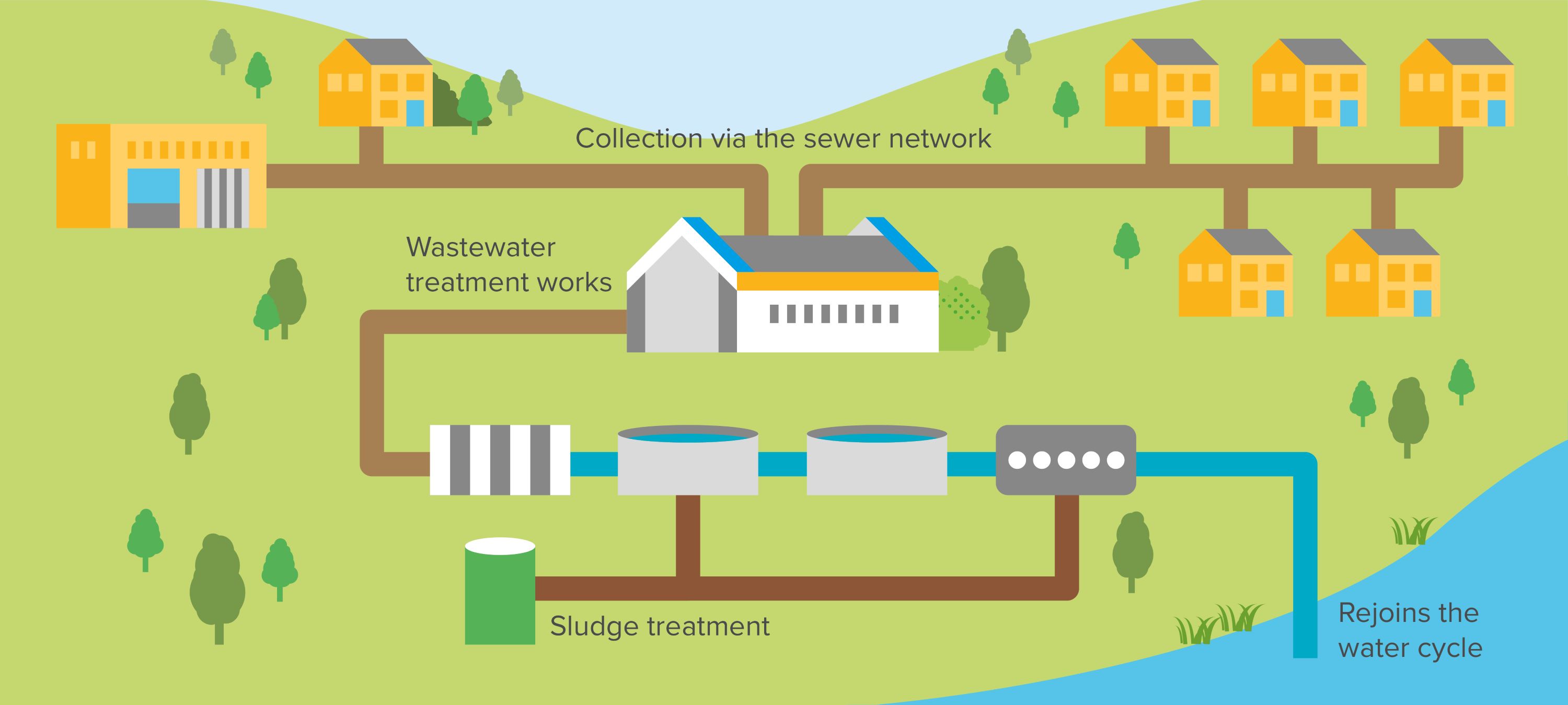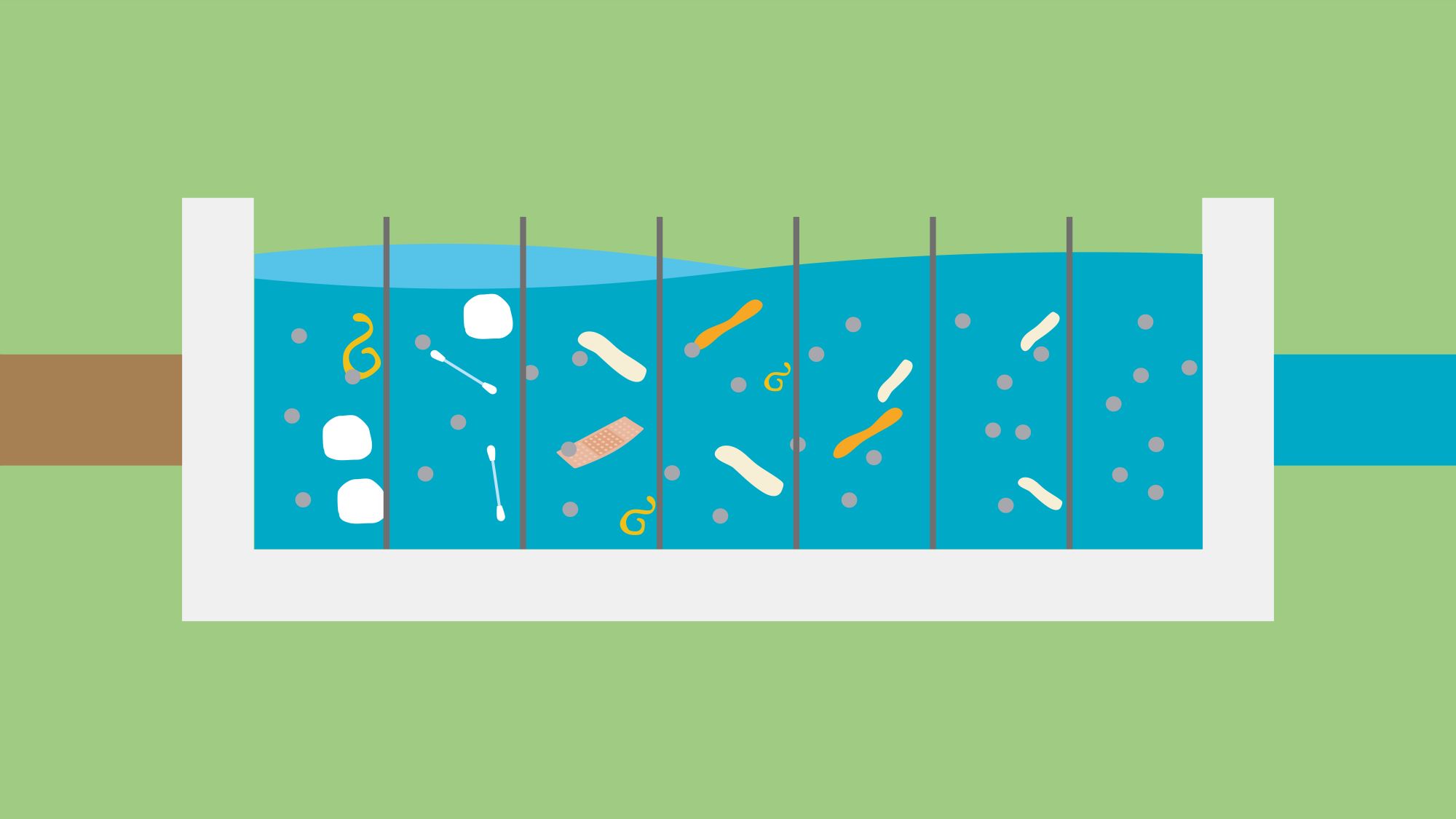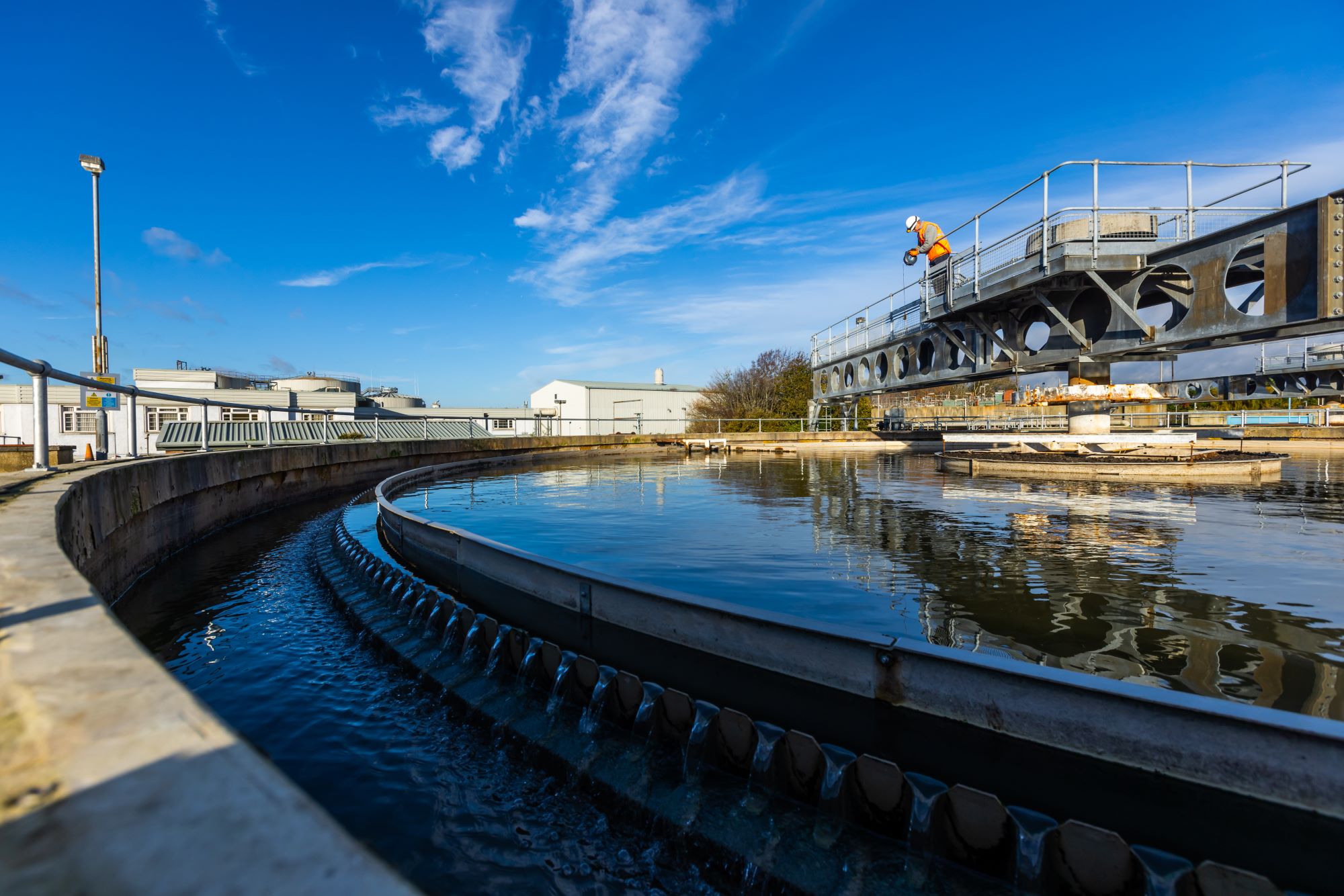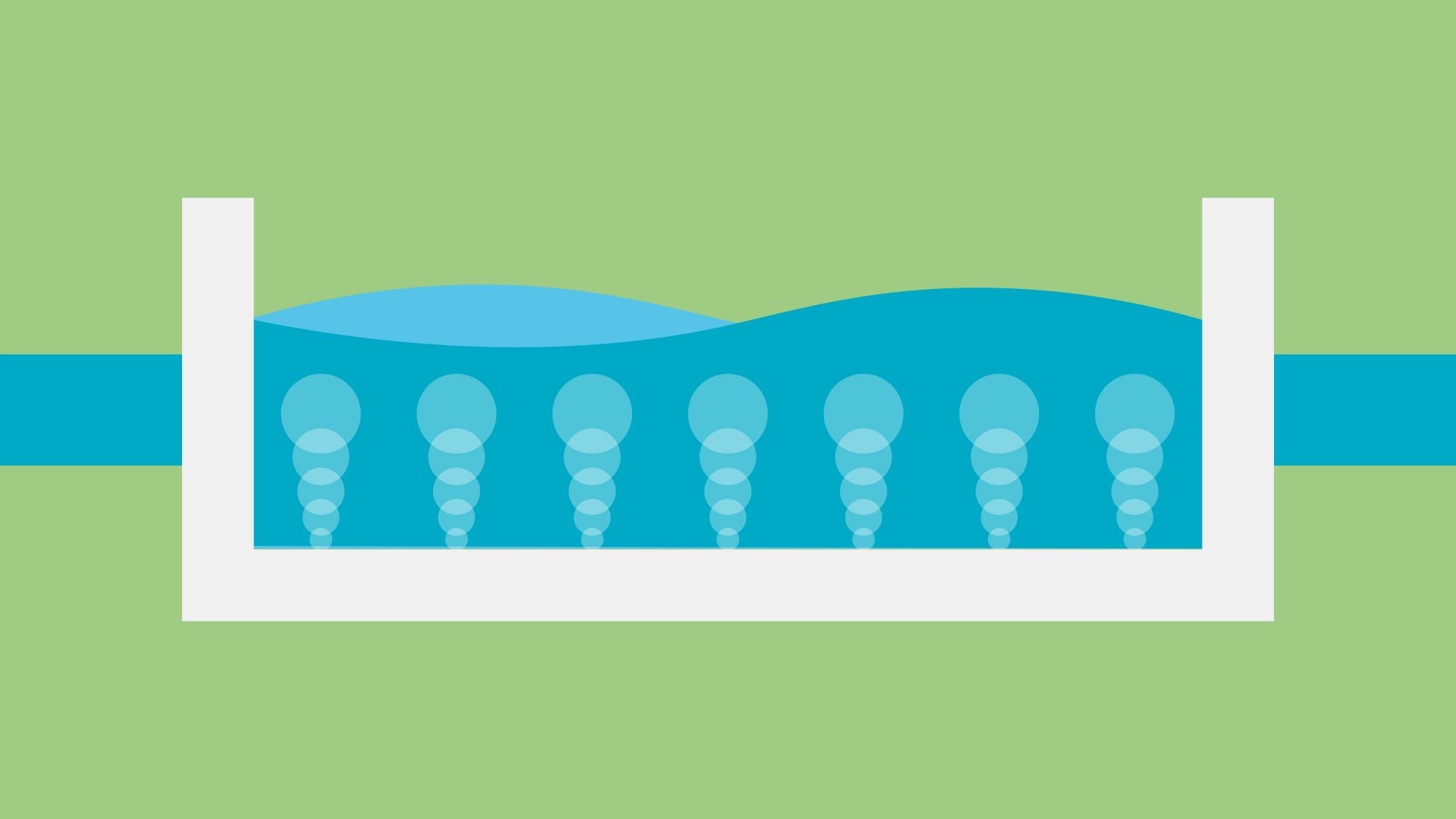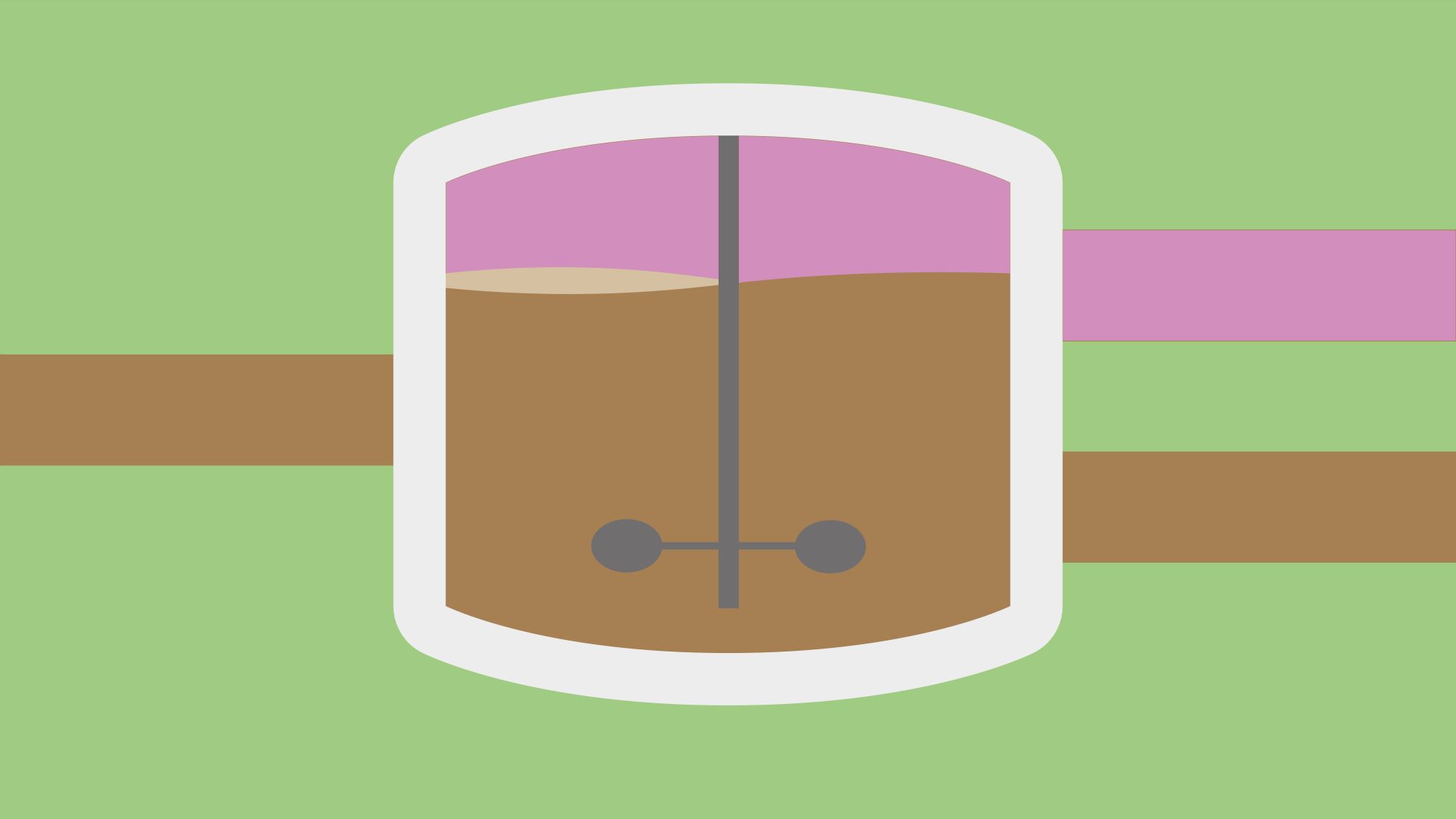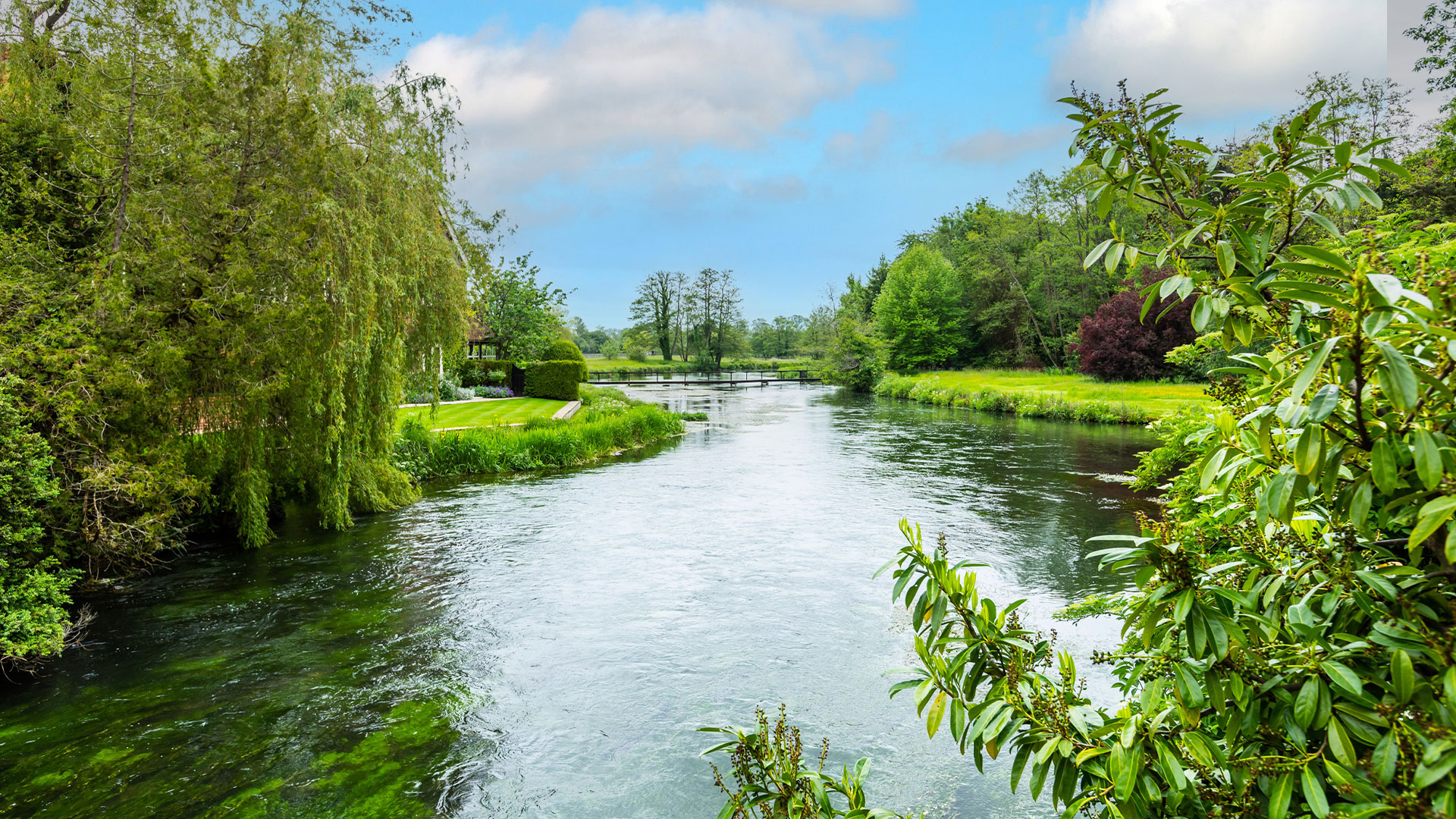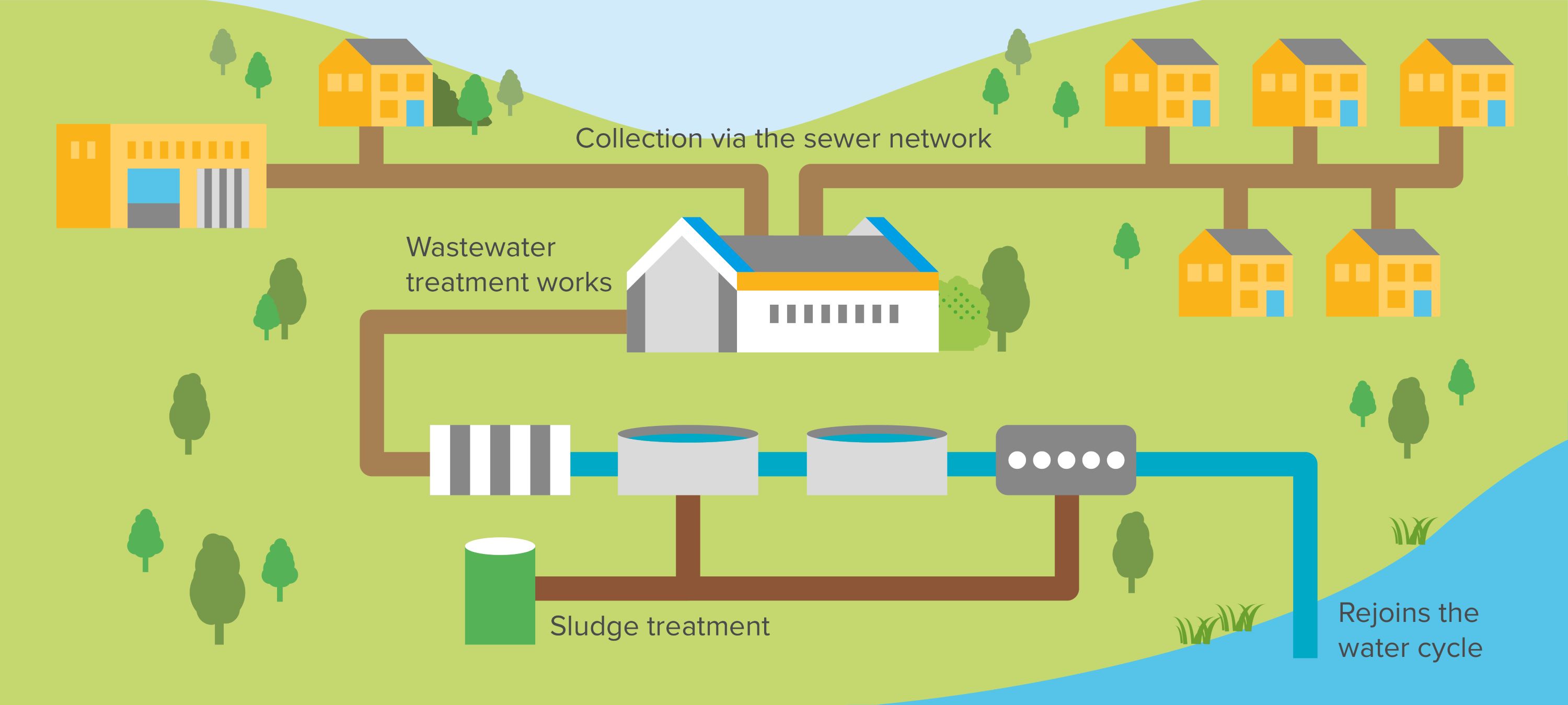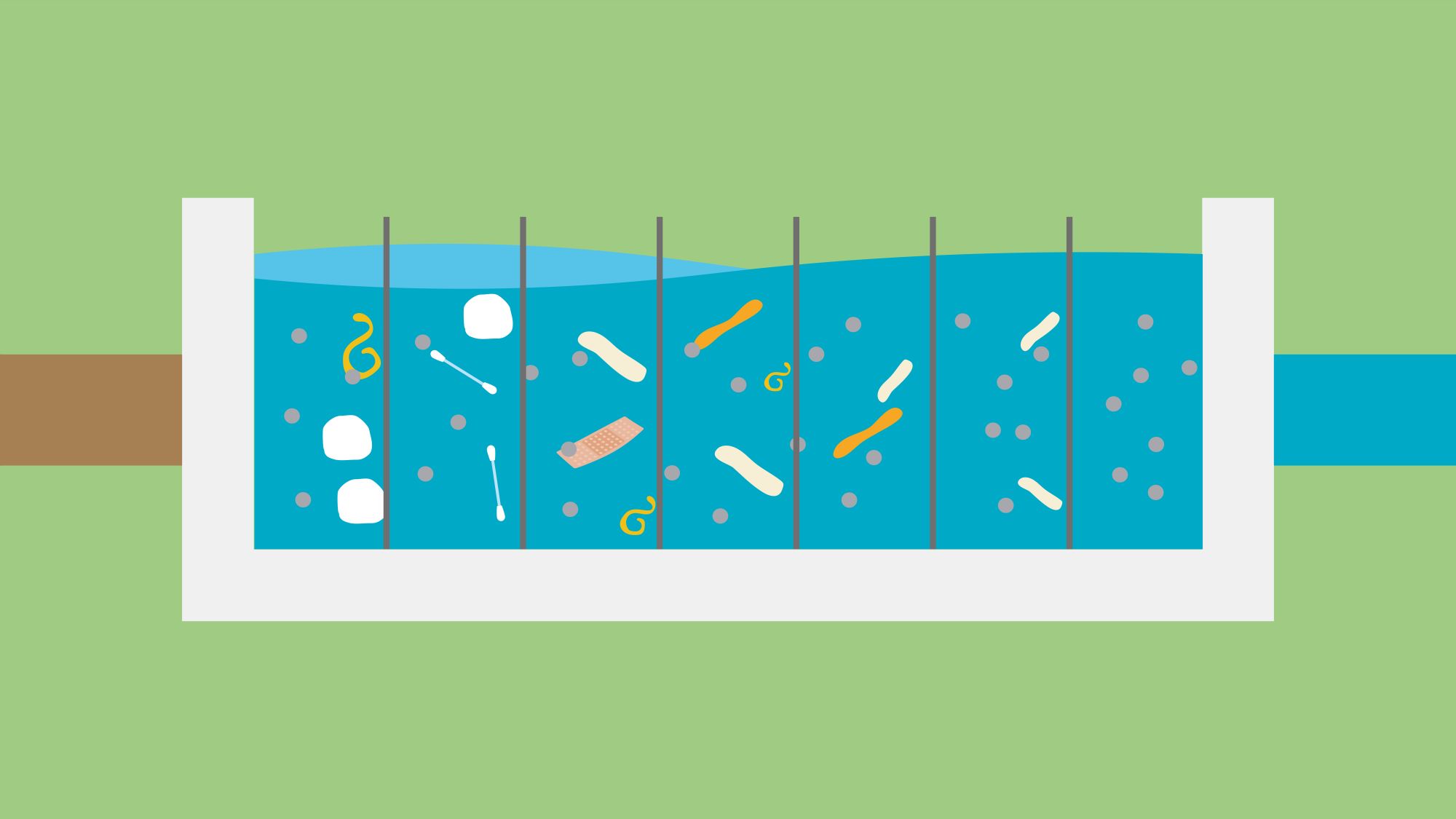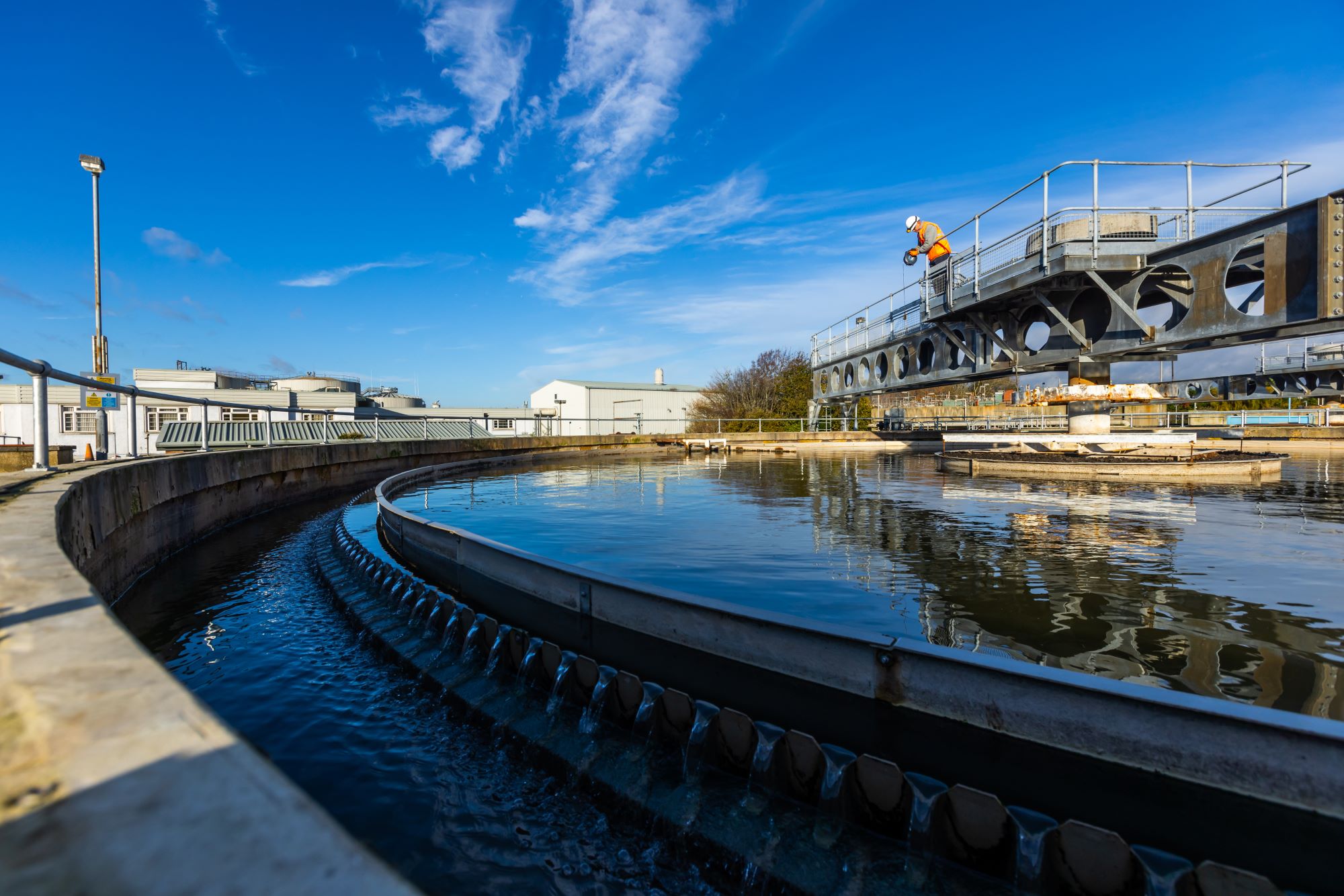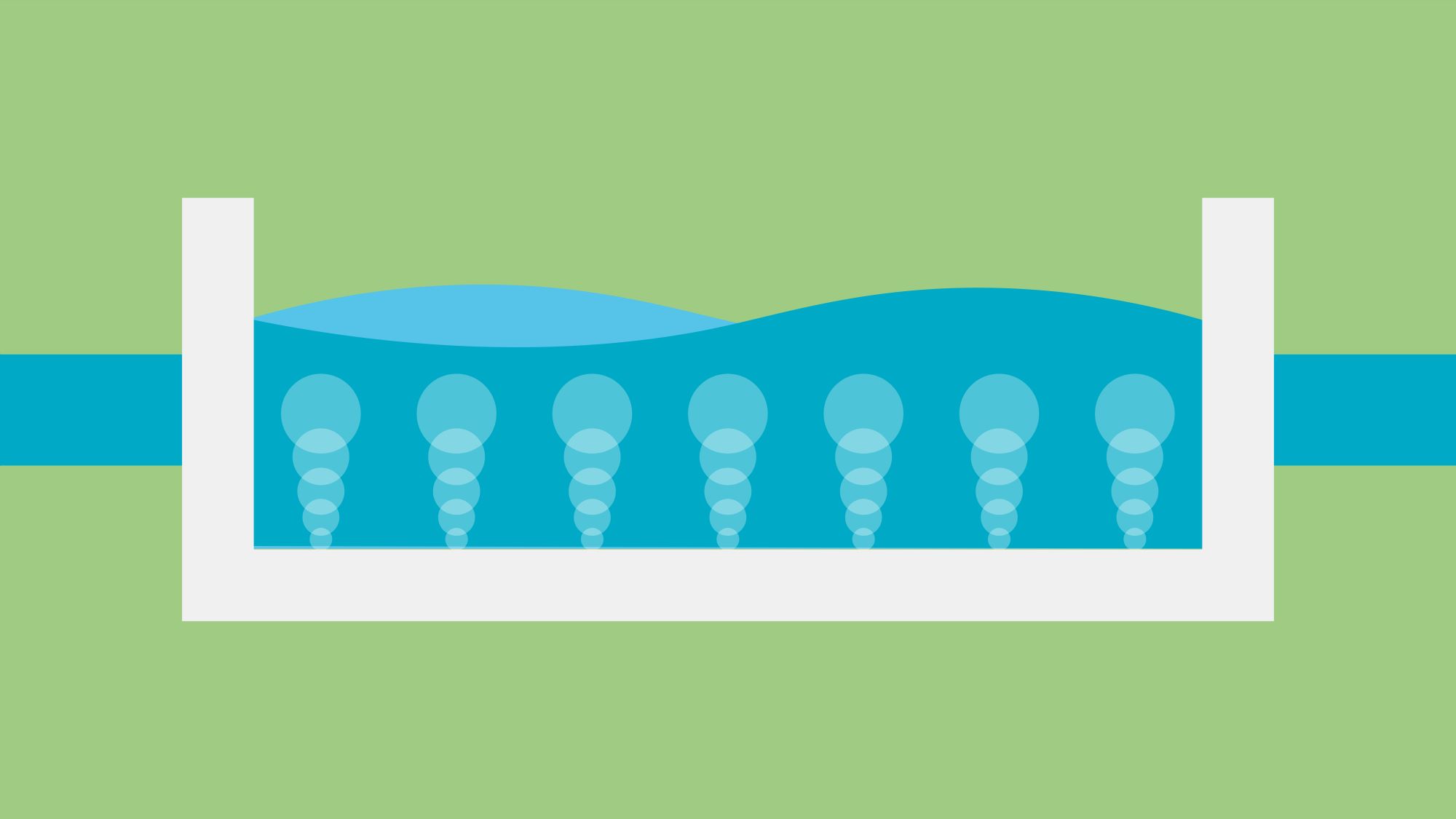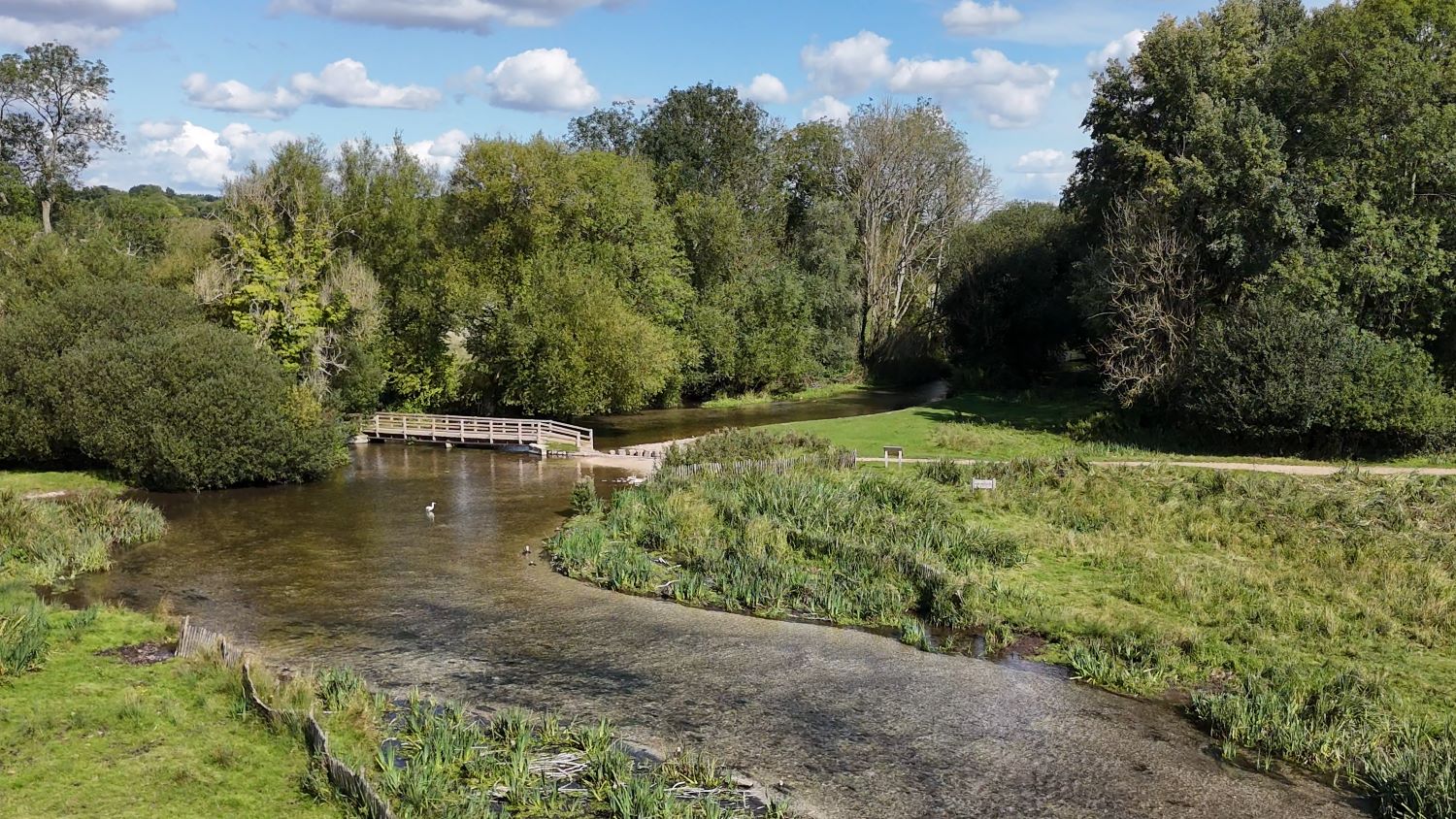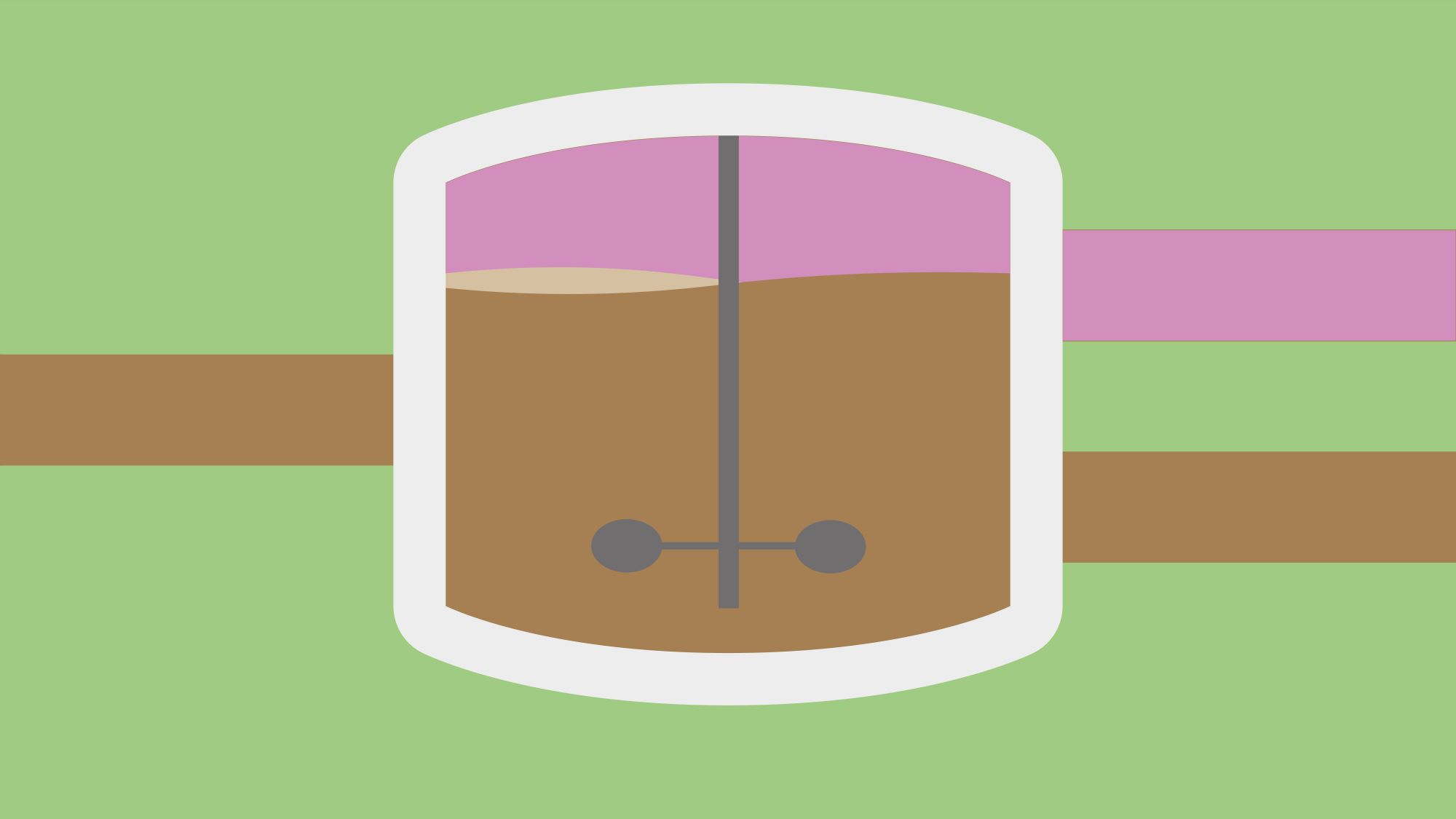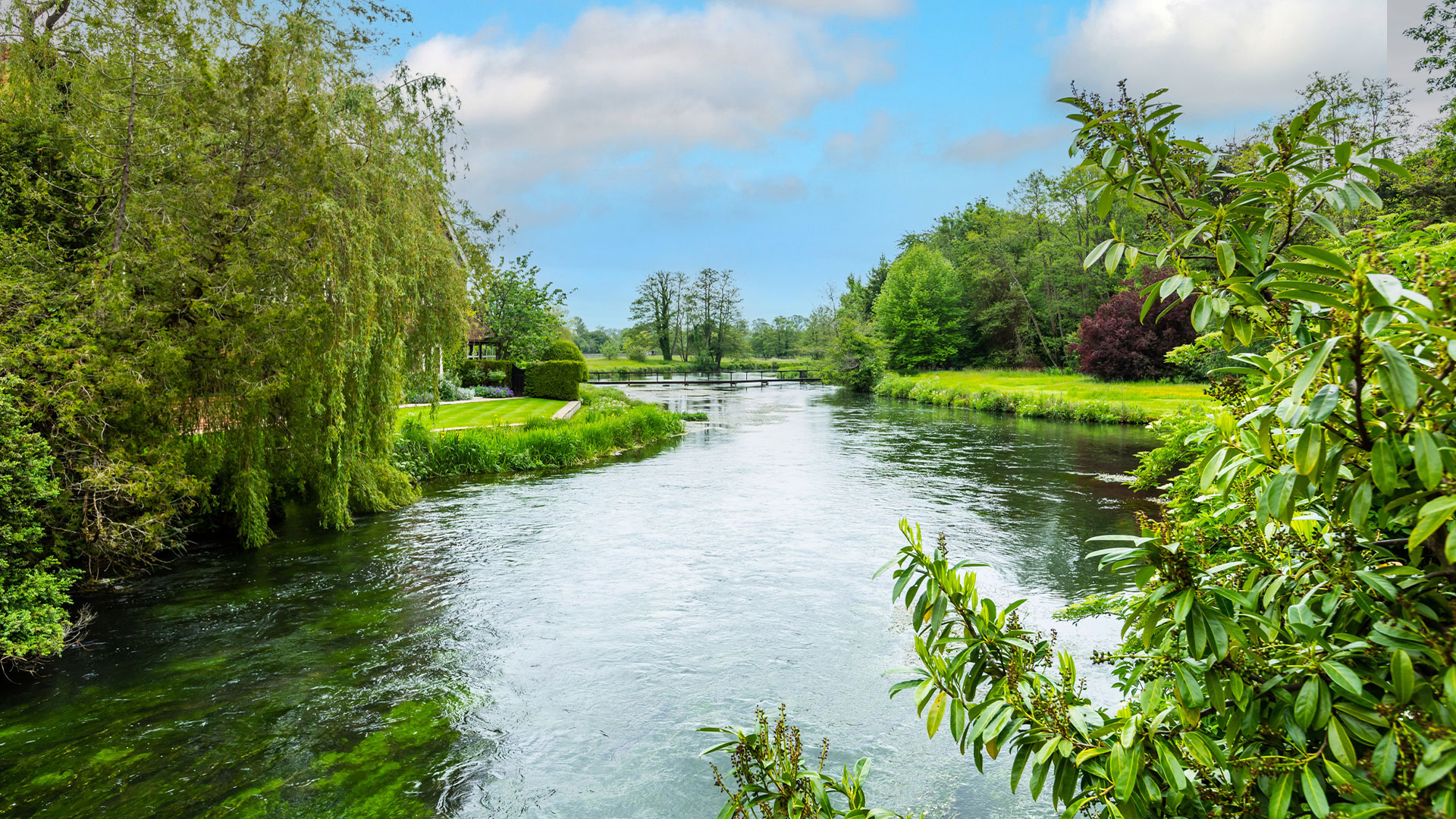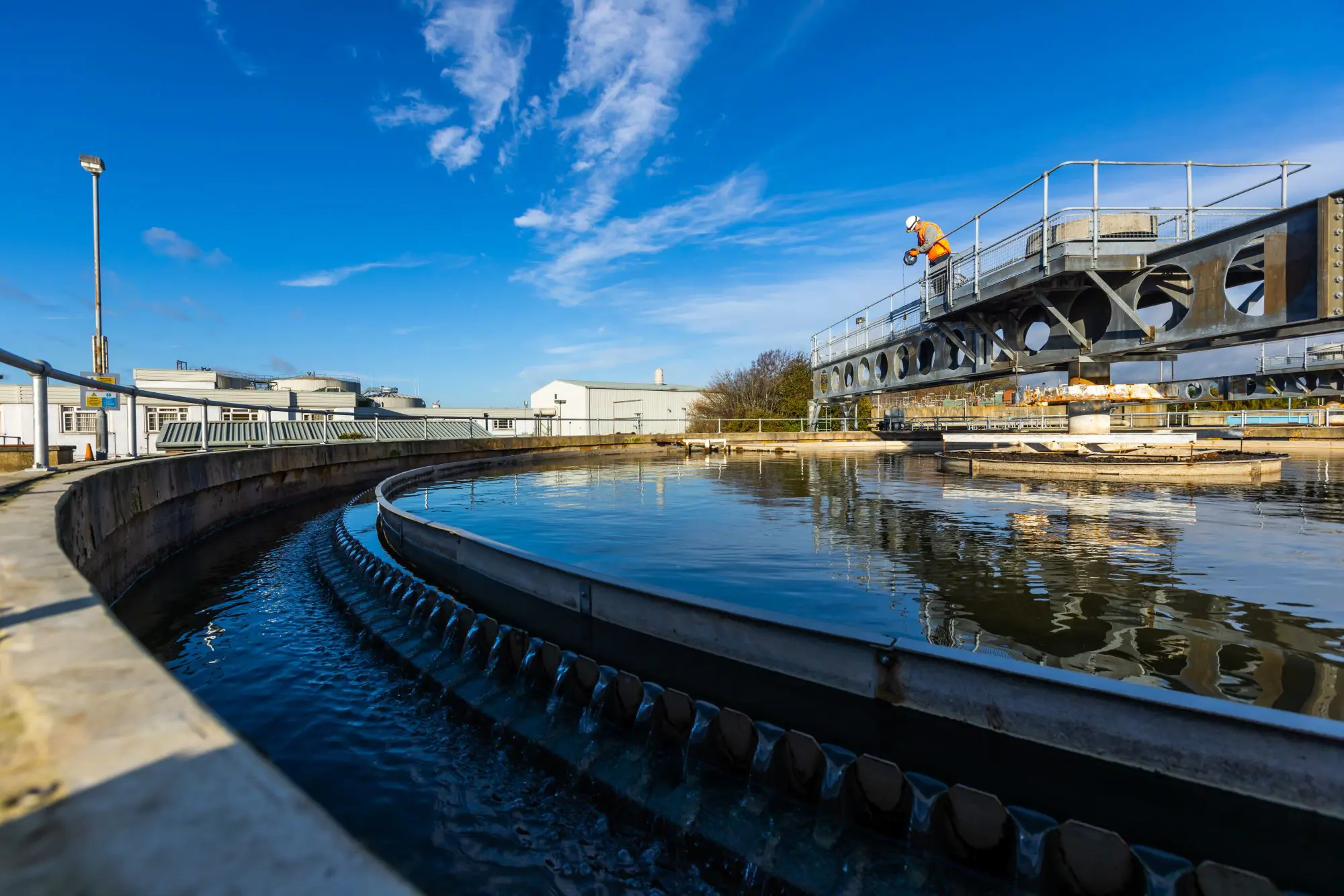Where does wastewater come from?
Wastewater comes from water used in homes and businesses and from rain falling on roofs or the roads and pavements. Whether it's from flushing the loo, washing dishes in a busy restaurant or from a nearby farm or factory, it all follows the same route.
It makes it way down pipes and drains into our underground sewer network. Sewers carry the water, now called sewage, to one of our wastewater treatment works.
As well as wastewater, other items often find their way into our sewer network. Fat, oil and grease poured down sinks or unflushable items, such as wet wipes and sanitary products all cause blockages and increase the risk of flooding.
Wastewater treatment plants play a crucial role in maintaining public health and protecting the environment, making sure that our water resources remain safe and sustainable for future generations.

